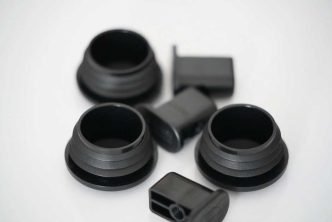In industries where electric and fire hazards are prevalent, such as in the electric and power sectors, worker safety is paramount. The risks associated with electric and fire arcs, including exposure to extreme heat, molten metal, and toxic gases, can lead to serious injuries ranging from burns to life-threatening conditions. The role of flame-resistant (FR) clothing becomes crucial in mitigating these dangers and protecting workers from potential harm.
Table of Contents
OSHA Compliance
Under the OSHA 269 Standards, those employed in high-risk industries are required to adhere to specific guidelines regarding their protective clothing. FR clothing and safety complince standards emphasize the importance of wearing FR garments that are designed to reduce injury severity in the event of an electric arc or fire exposure. The use of low-quality or inappropriate materials like rayon, polyester, acetate, and nylon, which can easily ignite and melt onto the skin, is strictly prohibited.
Factors to Consider in FR Clothing
When selecting suitable FOR garments, factors like the weight, texture, color, and weave of the material play a significant role in their effectiveness. Natural fibers like cotton and wool, under specific conditions, are generally acceptable, but they must align with OSHA’s safety and compliance standards. Employers are responsible for ensuring that their workforce is adequately protected with flame-resistant clothing that meets industry standards, thus eliminating the risks associated with workplace emergencies.
Heat Energy Ratings
Furthermore, FR clothing is assigned heat energy ratings to guide employers in selecting the appropriate level of protection. These ratings, measured in calories per square centimeter, help in determining the right FR garments based on the specific hazards present in the workplace. OSHA provides detailed guidelines and resources to assist employers in complying with these requirements.
Comfort First
Beyond safety, the comfort of FR garments is equally vital. Uncomfortable or ill-fitting protective clothing can deter workers from wearing them consistently, compromising safety. Innovations in FR clothing technology have led to improvements in the fit, breathability, and moisture control of these garments, ensuring both safety and comfort are prioritized.
In conclusion, maintaining a safe working environment in high-risk industries involves a delicate balance between compliance and comfort. Organizations must ensure their FR clothing meets all safety standards while also being comfortable for their employees. This balance is essential for effective emergency management and the overall well-being of workers in hazardous environments.





